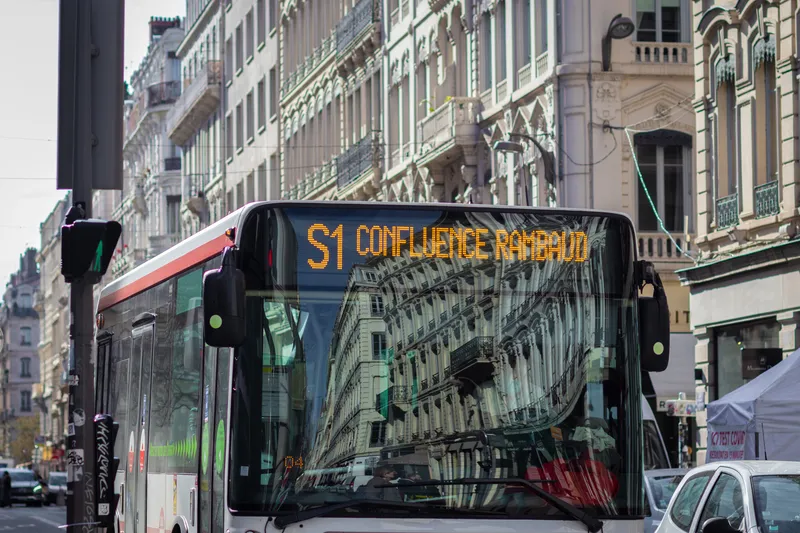IBM has teamed with Zapadoslovenska energetika, (ZSE), the largest distributor and supplier of electricity in Slovakia, on a smart energy feasibility study that will help prepare the capital city Bratislava for electric vehicles (EVs). Using e-mobility technology, the study will help identify the possibilities of connecting two neighbouring metropolitan areas – Bratislava, Slovakia and Vienna, Austria with a ‘green’ highway that will interconnect the two cities with a network of public charging stations for
April 12, 2012
Read time: 2 mins
Using e-mobility technology, the study will help identify the possibilities of connecting two neighbouring metropolitan areas – Bratislava, Slovakia and Vienna, Austria with a ‘green’ highway that will interconnect the two cities with a network of public charging stations for electric vehicles.
This study is part of a larger pilot project - Vienna Bratislava E-mobility - a first of its kind in central Europe, with a goal to reduce emissions with a smarter, energy efficient transportation system. Currently, the average combustion engine produces about 45 kg of CO2 per year during the route from Vienna to Bratislava.
IBM Slovakia is teaming with ZSE to provide insights into various implementation scenarios and infrastructure options for charging. Together, the companies are investigating charging station locations for normal and rapid charging across the borders, as well as analysing networking availability. This insight will allow ZSE to strategically place charging stations in areas that are convenient for consumers, without straining the distribution system, an issue caused by unpredictable charging across territories.









